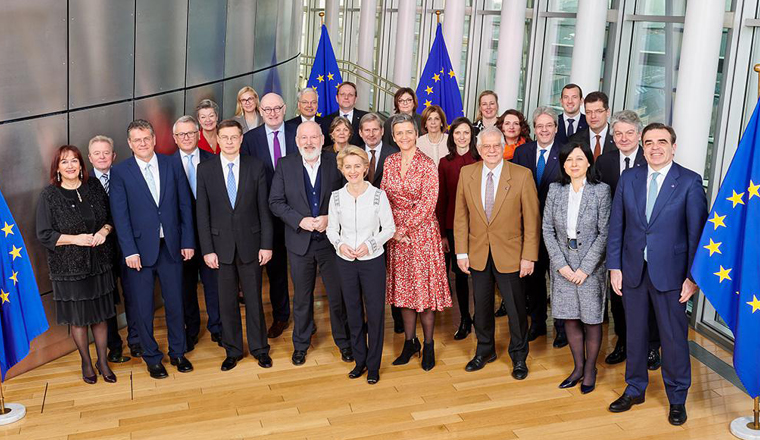Published: September 3, 2020
The European Commission is ramping up towards a €750bn Covid-19 recovery programme, effectively creating a huge new borrower in Europe’s sovereign, supranational and agency bond market.
The Commission’s €750bn recovery programmes, called the Next Generation EU plan, was agreed by EU members after a fraught weekend of negotiations in July. It will be funded through the debt markets.
“The main part of the borrowing under the Recovery Plan is expected to happen between 2021 and 2024,” a European Commission spokesperson told EMEA Finance. “The Commission will issue bonds on behalf of the Union with different maturities so as to ensure that the funding operations are adapted to the prevailing market environment and the ability of capital markets to absorb these bonds.”
The spokesperson added: “The precise details are currently being articulated. The definite parameters will also depend on the final deal on the Recovery Instrument and the long-term budget.”
What is certain is that the borrowing will be enormous. Assuming the entire plan needs to be funded through the debt markets, and that the Commission splits its borrowing equally between 2021 and 2024, this will mean €250bn a year being taken out of the sovereign, supranational and agency (SSA) bond market for one credit. It is unlikely to be this high in any one year, with analysts at ING putting the most in any one year from the Next Generation EU at around €175bn, expected in 2023. The surrounding years will see closer to €150bn, according to ING estimates.
Nonetheless, this is still a huge amount for the SSA market from one borrower. German development bank issuer KfW, one of the most prolific issuers in the world, had a borrowing target in 2019 of €80bn.
Dipping a toe


